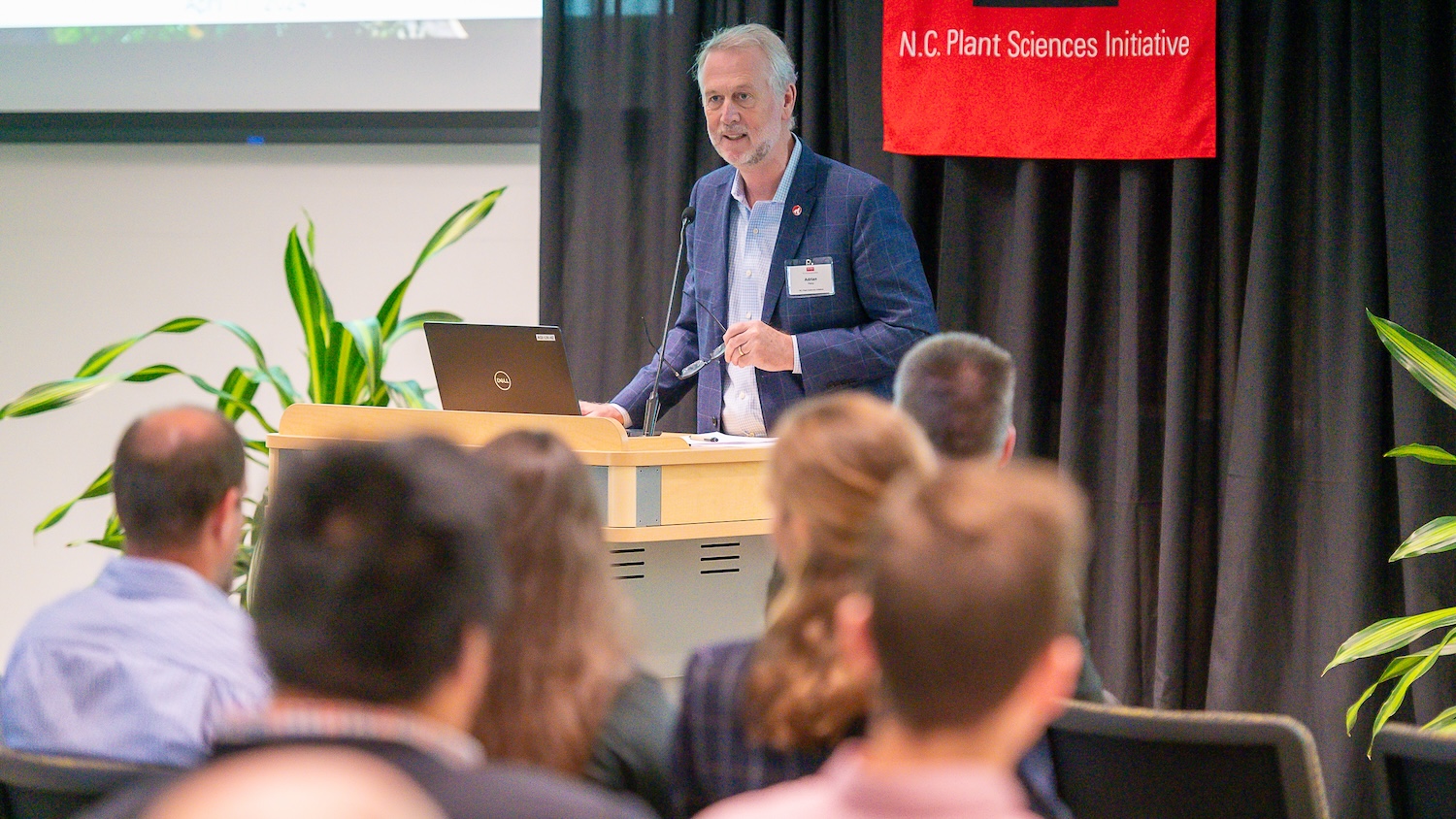Economic Perspective: County Economics

MARY WALDEN:
“Today’s program looks at county economics. Mike, the federal government just released updated data for local economies of counties. What are some of the highlights for North Carolina?”
MIKE WALDEN:
“And what these data are is, most people have probably heard of GDP, gross domestic product, for that national level, even the state level, think of it as an aggregate production number for the nation and state. Well now we have data at that level for counties so this is really exciting to economists.”
“What I’m going to talk about today is how that GDP data has changed from North Carolina counties since the Great Recession ended in 2010. First of all, in terms of size, it should be no surprise to listeners that the counties in North Carolina to have the largest GDP are Mecklenburg, Wake, Guilford and Forsyth. In fact, Mecklenburg has a $100 billion GDP, 20 percent of the entire state. That’s actually larger than the GDP in several countries of the world.”
“If we look at, for example, those counties that have the fastest growth, or increase in GDP, the prize actually goes to three counties: Nash, Alleghany and Henderson. And you might not associate those three counties with fast growth, but if you look behind the numbers what you see is they had substantial gains since the Great Recession in manufacturing, and that’s really propelled their GDP numbers.”
“So this is a number that the federal government will release on a continuing basis. It’s important to look at it, as well as employment numbers to get a sense of local economies.”
Mike Walden is a William Neal Reynolds Distinguished Professor in the Department of Agricultural and Resource Economics at North Carolina State University who teaches and writes on personal finance, economic outlook and public policy.
- Categories:


